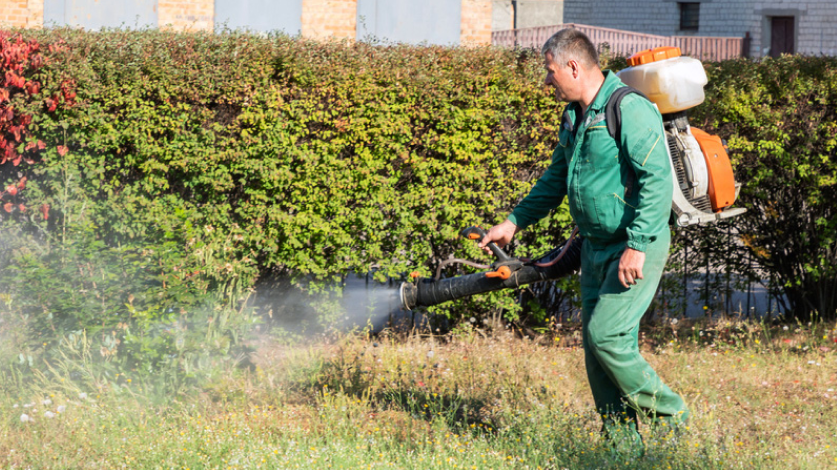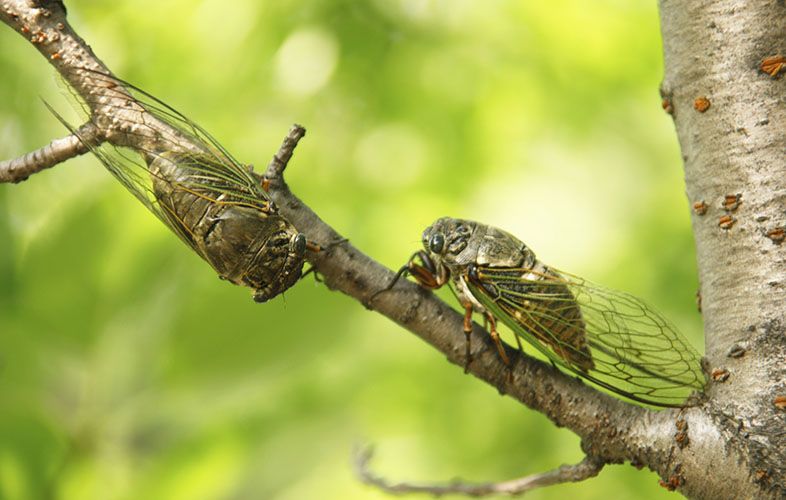Fall armyworms are damaging, lawn-feeding pests that can quickly devour an entire yard if left untreated. While difficult to catch early, it’s important to give your lawn the tools it needs to survive and thrive after infestation occurs.
However, with these fun, autumnal changes comes the marching and munching of armyworms as they begin their attack on your lawn. Unfortunately, when armyworms do arrive, they come in quick to turn your turf from a luscious field of green into a brown, barren mess.
Don’t let your fall festivities get disrupted by these nasty nibblers, here’s what you need to know.


 Branch Finder
Branch Finder













 Back to all blogs
Back to all blogs

Facebook
X
Youtube
Copy Link
Email